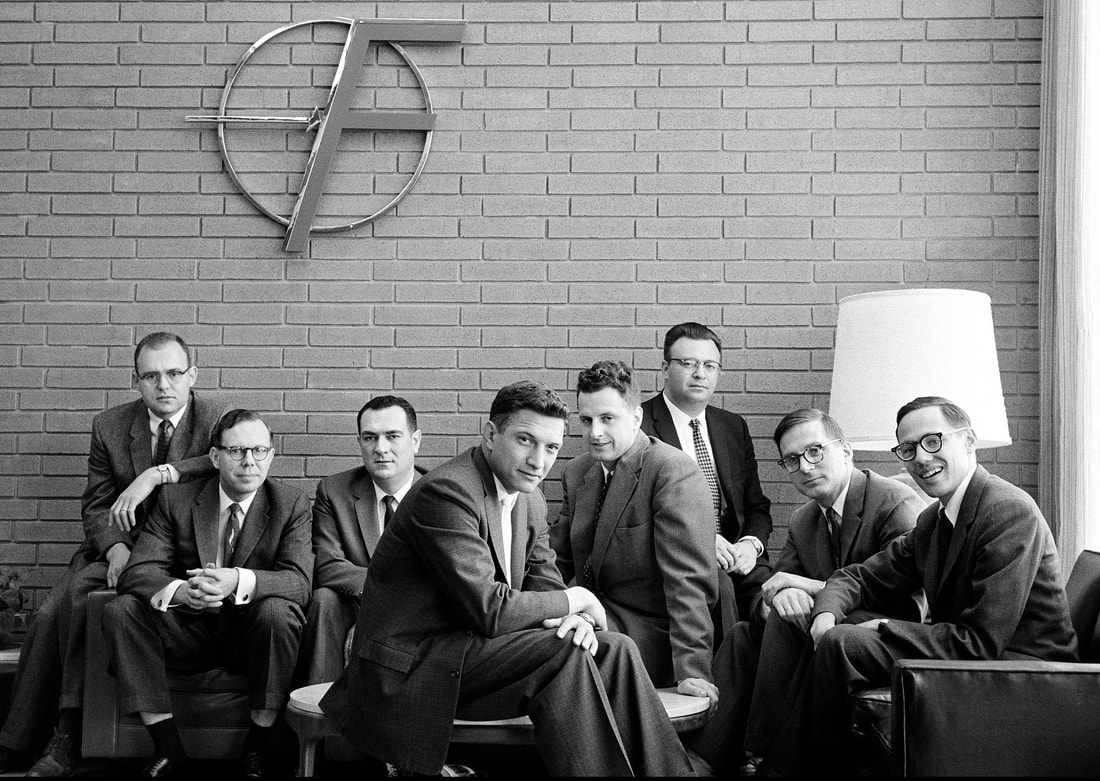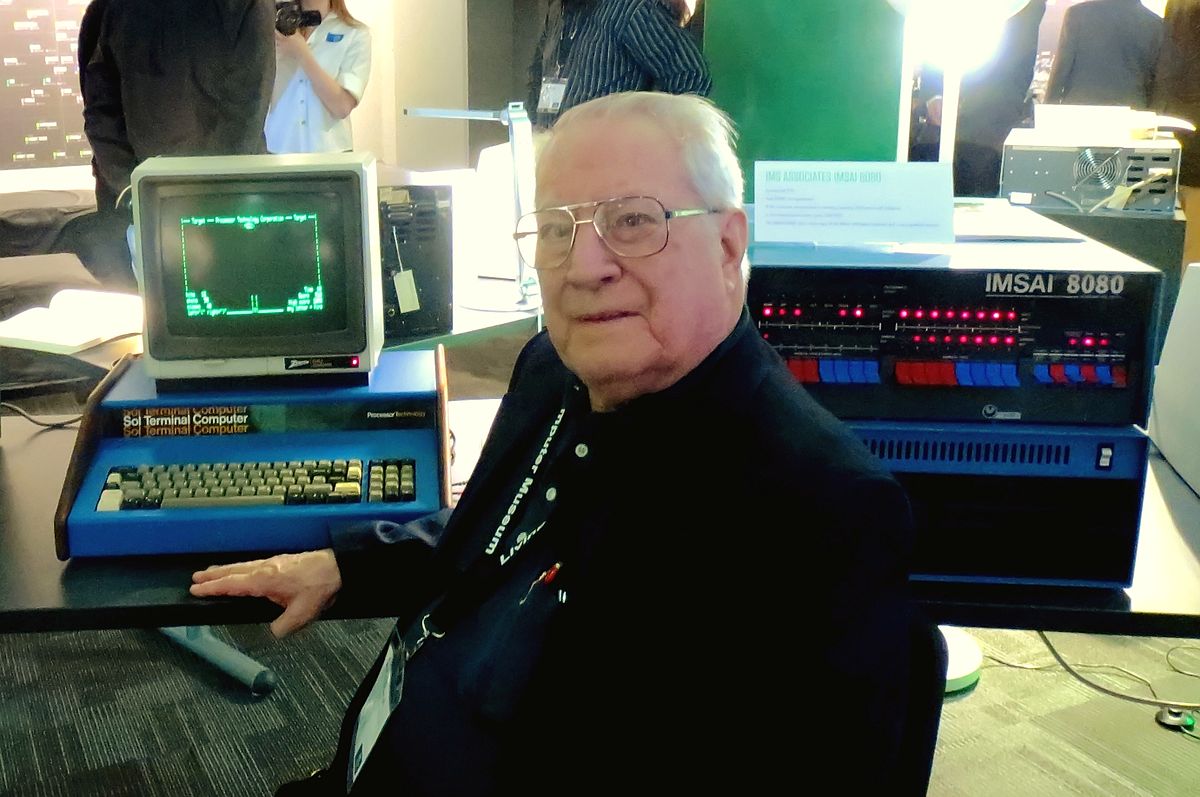- pre-1947 -

Before the Valley
Digital computers were developed during World War II, but the technological limitations of the period prevented the commercialization and spread of the machines outside of industrial applications. Prior to the development of the transistor, a device which uses a semiconducting material to control the flow of electricity, digital computers relied on expensive, bulky, and unreliable vacuum tubes. The use of vacuum tubes as an industry standard until the early 1950’s meant that most computers prior to that time were room-sized behemoths that required teams of people to be operated.





